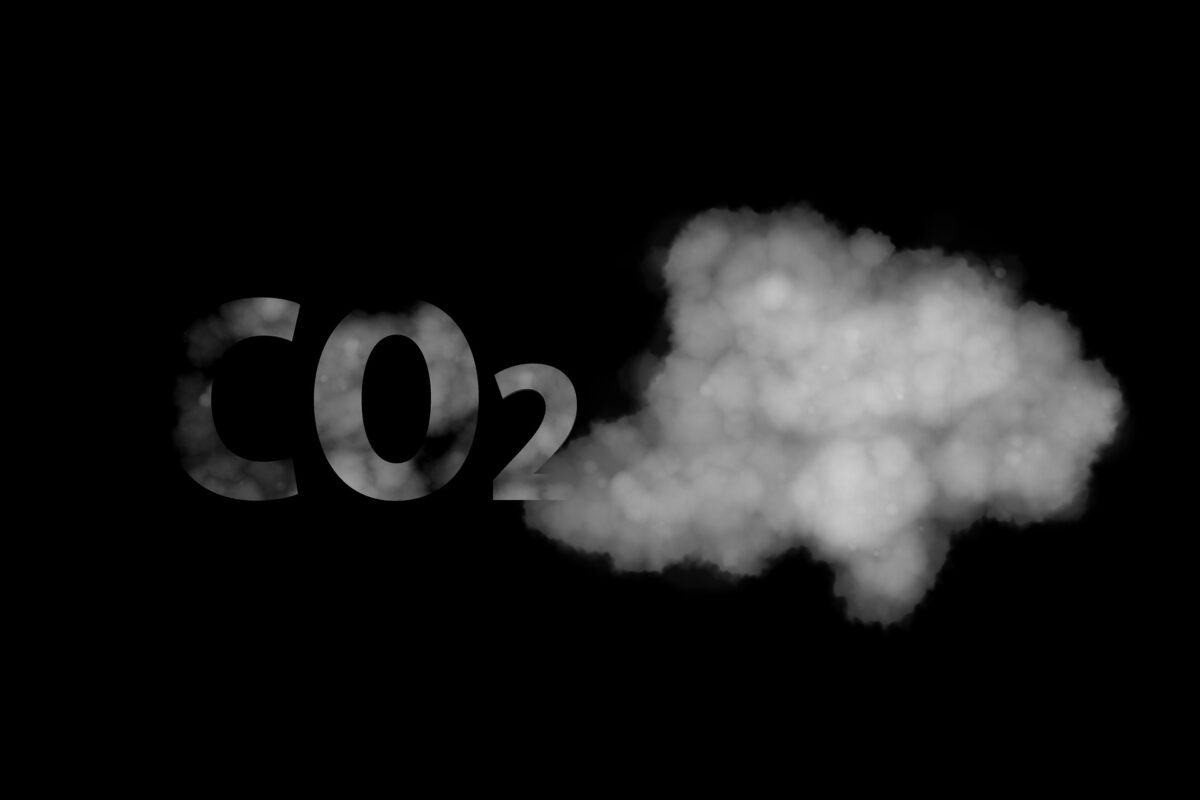
Blog
What Are Scope 3 Emissions – Why So Many Categories?

Welcome to Part 2 of our blog series: “Let’s Get to Know the GHG Protocol – One Step at a Time!”
In Part 1, we explored the world of GHG reporting frameworks and how to prioritize them. If you missed it, you can catch up.
Today, we’re diving into one of the most talked-about—and often most challenging—aspects of GHG accounting: Scope 3 emissions. These indirect emissions can account for more than 70% of a company’s total carbon footprint, yet they remain the least understood and hardest to control.
In this article, we’ll break down what Scope 3 really means, why it matters more than ever, and how your company can start tackling it effectively.
What Are Scope 3 Emissions (and Why Are There So Many Categories)?
The GHG Protocol divides emissions into three scopes:
- Scope 1: Direct emissions from owned or controlled sources (e.g., company vehicles, on-site fuel combustion)
- Scope 2: Indirect emissions from the generation of purchased electricity, steam, heating, and cooling
- Scope 3: All other indirect emissions occurring across your value chain
Scope 3 is further broken down into 15 categories, covering everything from the products you buy to how your customers use and dispose of what you sell. Here are just a few examples:
- Purchased goods and services (Category 1)
- Business travel (Category 6)
- Use of sold products (Category 11)
- Investments (Category 15)
Understanding where your emissions come from within these categories is step one in building a meaningful reduction strategy.

Why Scope 3 Is Under the Spotlight
So, why is everyone talking about Scope 3?
For one, investors and regulators are paying close attention. Initiatives like the Science Based Targets initiative (SBTi) require companies to set Scope 3 targets if these emissions make up more than 40% of their total footprint (which is often the case).
In the EU, the CSRD (Corporate Sustainability Reporting Directive) mandates broader value chain reporting, including Scope 3. Similarly, ISSB and CDP are pushing for more detailed disclosure.
Ignoring Scope 3 is no longer an option—it’s becoming a key differentiator in sustainability performance, risk management, and stakeholder trust.
The Data Challenge: It’s Real (But Not Impossible)
Let’s be honest: Scope 3 data can be messy.
Unlike Scope 1 and 2, which are often tracked internally, Scope 3 requires data from suppliers, partners, customers, and even franchisees. This leads to challenges like:
- Lack of transparency in the supply chain
- Inconsistent or poor-quality data
- Limited resources to collect and manage information
But here’s the good news: You don’t need perfect data to get started. Many companies begin with spend-based estimates or industry average data, then improve over time as supplier engagement and tools evolve.
A good first step? Identify your top-emitting categories and focus efforts there.

Collaboration Is Key: Engage Your Suppliers
No company can tackle Scope 3 alone. One of the most effective strategies is to partner with suppliers.
Here are a few real-world approaches:
- Include emissions tracking as part of supplier contracts
- Use tools like EcoVadis or CDP Supply Chain to collect data
- Offer training or incentives to suppliers working on their own reduction goals
For example, Unilever has seen success by working directly with suppliers through its Climate Programme. This collaboration has helped improve both data accuracy and actual emissions performance.
Tools to Help You Navigate Scope 3
You don’t need to build everything from scratch. A range of digital platforms can help visualize and reduce Scope 3 emissions:
- Carbon accounting tools like Persefoni, Normative, and Watershed
- LCA (Life Cycle Assessment) tools for product-level emissions
- Supplier scorecards and tracking systems to improve data granularity over time
These tools can automate data collection, streamline reporting, and even help with scenario analysis for reduction planning.

Learn from Success—and Setbacks
The journey isn’t always smooth, but there’s a lot to learn from others.
Take Patagonia, for example. Recognizing that over 90% of its emissions were Scope 3, the company took a bold step to redesign products using lower-impact materials and invest in regenerative agriculture. The result? Stronger brand loyalty and real climate progress.
On the flip side, some companies have rushed to claim “carbon neutrality” without fully understanding or reducing Scope 3 emissions—leading to criticism, loss of credibility, and regulatory scrutiny.
Wrapping Up: Scope 3 Is Big, but So Is the Opportunity
Scope 3 may seem overwhelming, but it’s also where the biggest opportunities for innovation and impact lie. Whether you’re just starting or refining your approach, remember:
- You don’t need perfect data—just a clear process and continuous improvement
- Collaboration (especially with suppliers) is essential
- Tools and frameworks are evolving—use them to your advantage
In Part 3 of our series, we’ll take a closer look at how to build a practical GHG inventory from the ground up—stay tuned!
